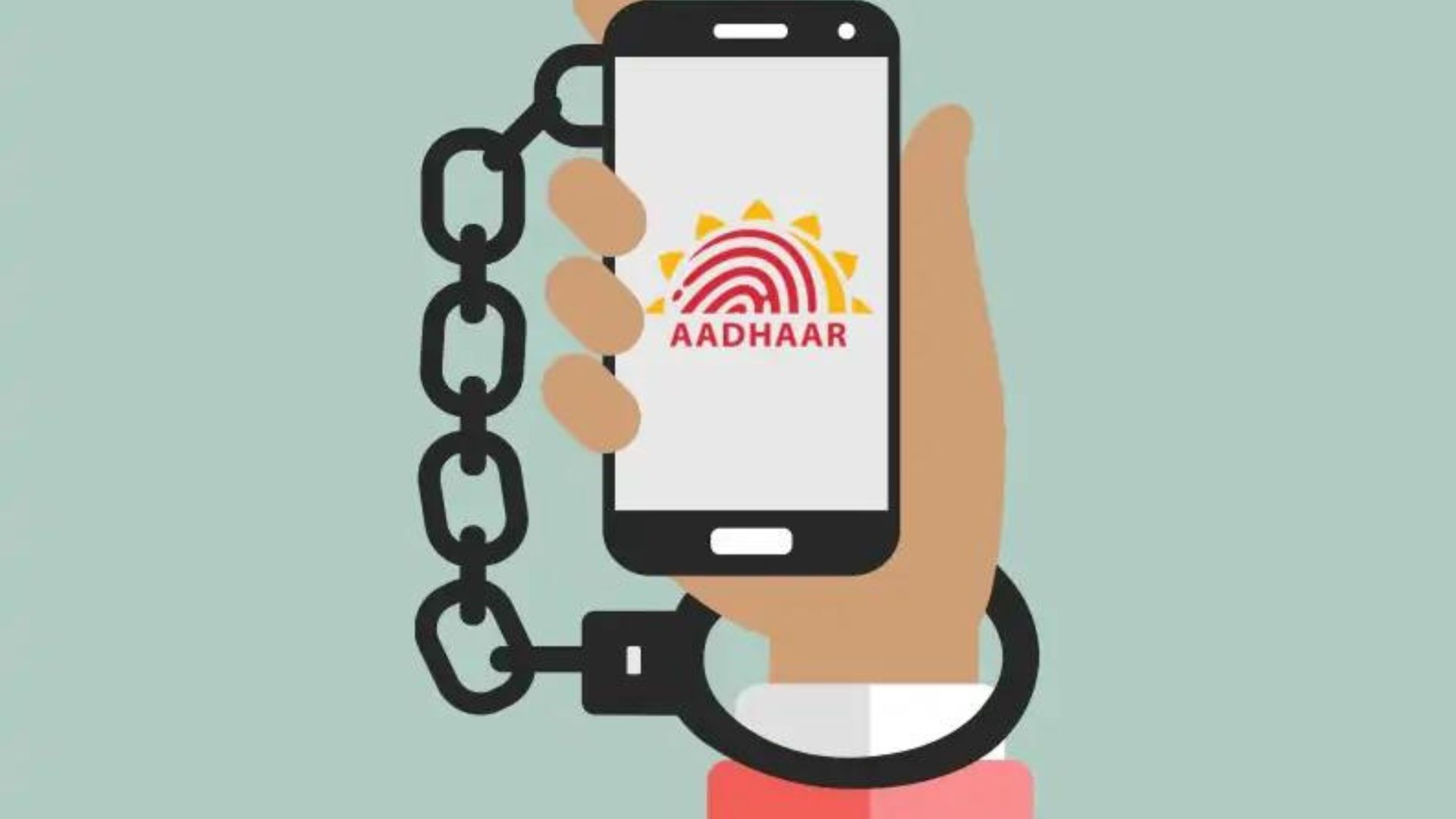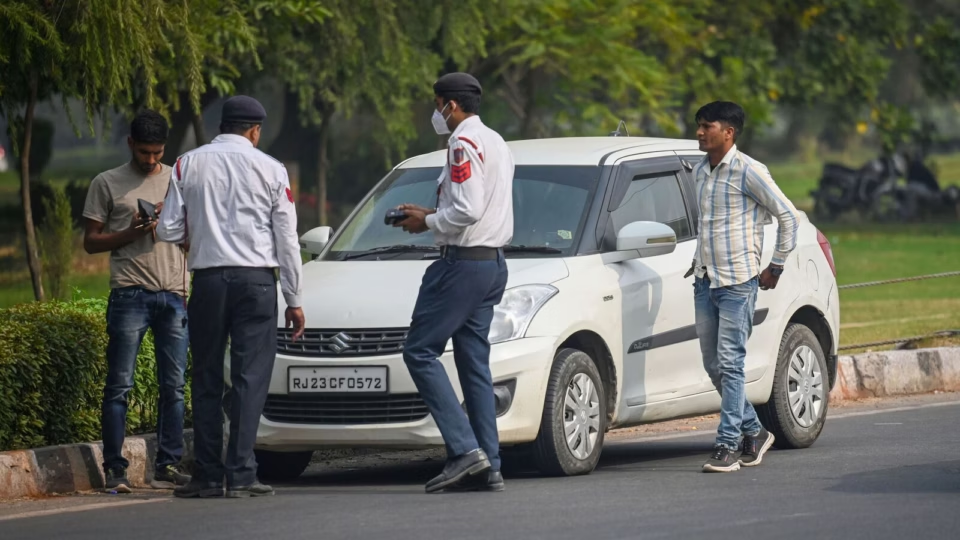
Protect Your Aadhaar Information with UIDAI’s Masked Feature for Enhanced Privacy
To improve privacy and prevent Aadhaar information from being disclosed to unauthorized people or organizations where they might be exploited, UIDAI (Unique Identification Authority of India) has released a privacy feature for Aadhaar cards.
Following many concerns over the public disclosure of Aadhaar information and an increase in fraud instances, the option to use disguised Aadhaar was implemented. While important demographic data like the name, photo, and QR code are still accessible, some of the Aadhaar number’s digits are hidden in a changed Aadhaar.
The Aadhaar letter, Aadhaar PVC card, eAadhaar, mAadhaar, and mAadhaar are among the several types of Aadhaar. All of the Aadhaar options are now universally accepted and acceptable. To preserve privacy and stop your Aadhaar number from being misused, a masked Aadhaar is a type of Aadhaar card in which the Aadhaar number is obscured or replaced with a ‘X’.
How You Can Advantage From A Masked Aadhar
- Ensures the protection of privacy
- Removes the possibility of exposure to Aadhaar
- Widely acknowledged and accepted
- Masked Aadhaar offers safe access without disclosing private information and may be used for travel, hotel check-ins, and other services.
The ways in which criminals take advantage of the Aadhaar Enabled Payment System (AePS) have been the subject of several reports. In order to unlawfully remove money from victim’s bank accounts, these frauds frequently replicate people’s Aadhaar-linked biometrics using methods like silicon fingerprints and unauthorized biometric equipment.
Many financial institutions have advised Aadhaar customers to protect their identity by safeguarding their biometrics and, if possible, choosing masked Aadhaar in response to these increasing threats.
Fraud with Aadhaar has significantly increased in recent years. The theft of Aadhaar numbers is a common way for criminals to obtain services or financial advantages. Cybercriminals are becoming skilled at getting beyond common security measures including bank account information, CVV codes, and OTPs.



